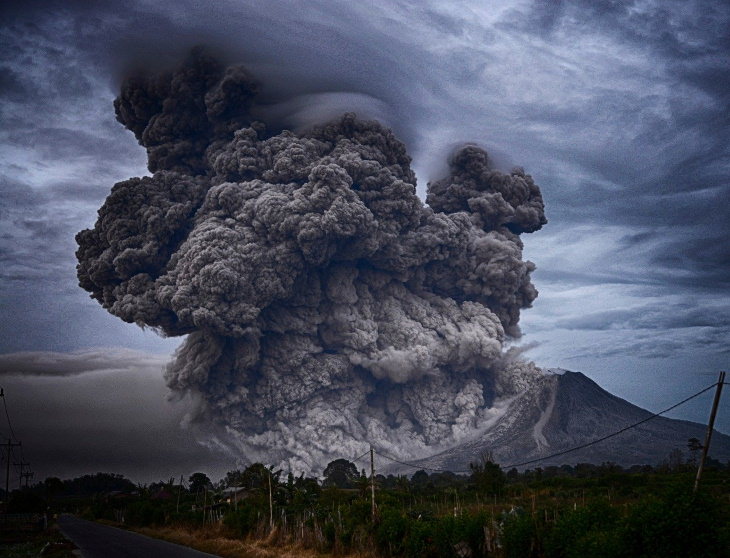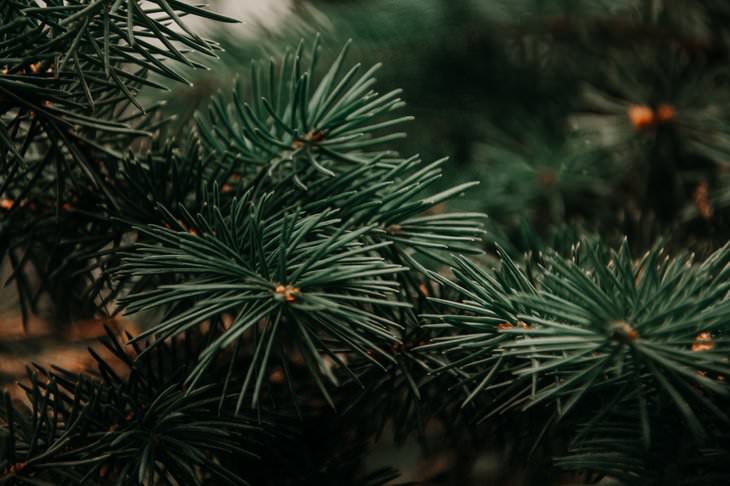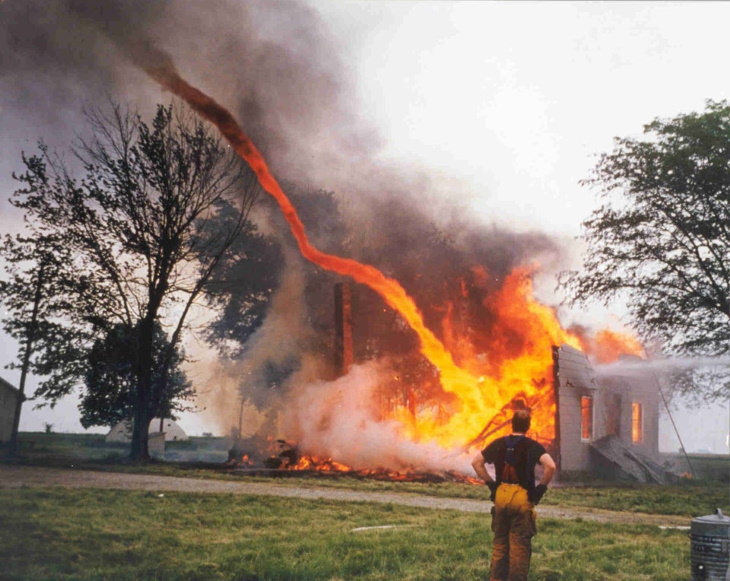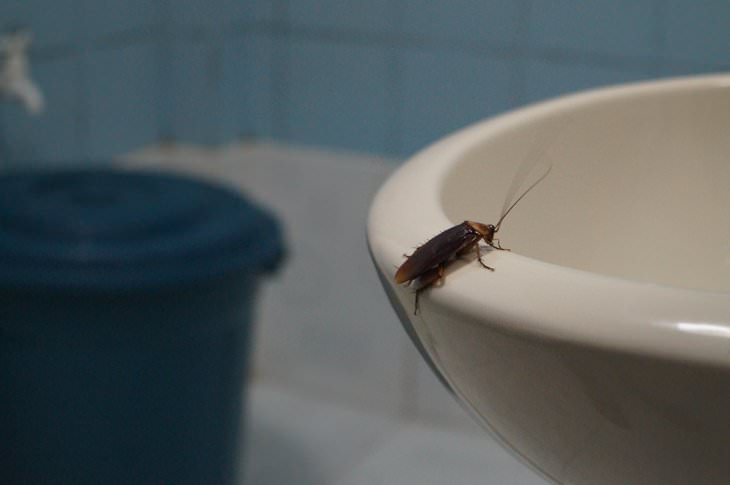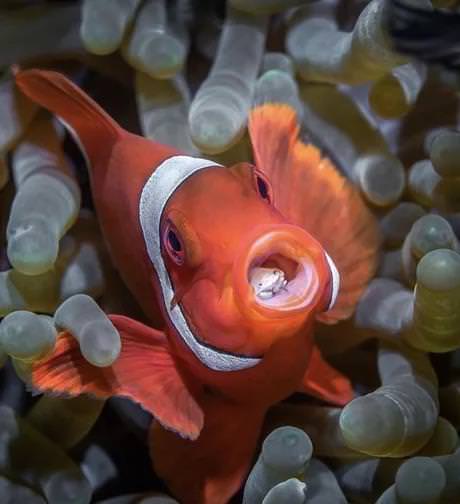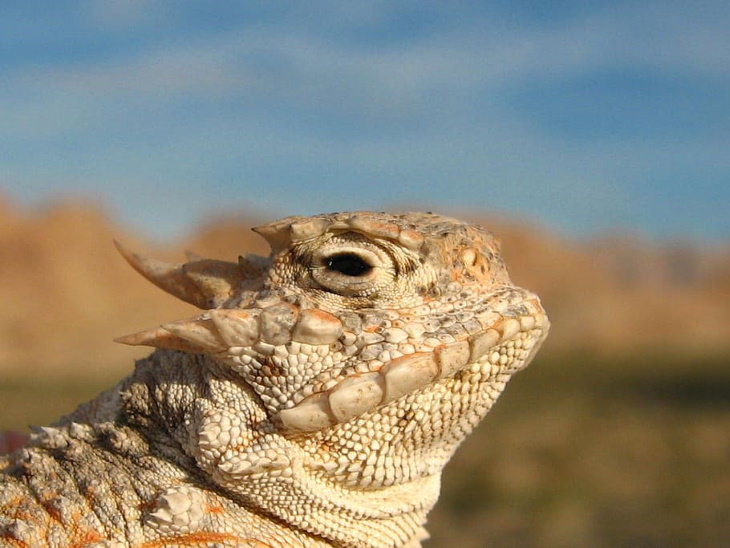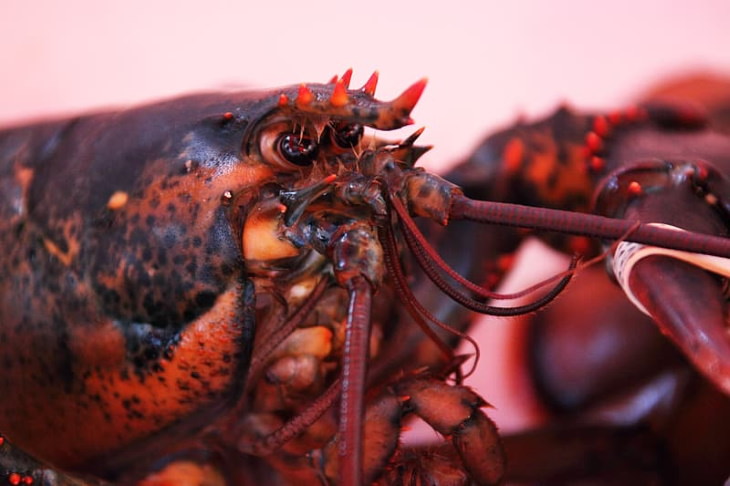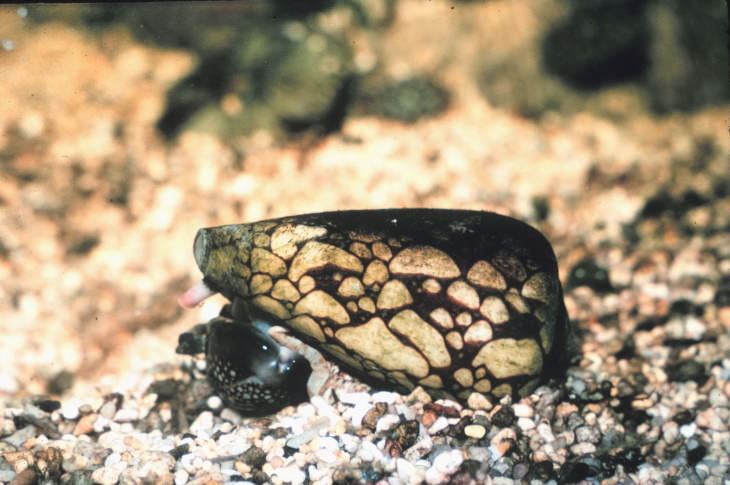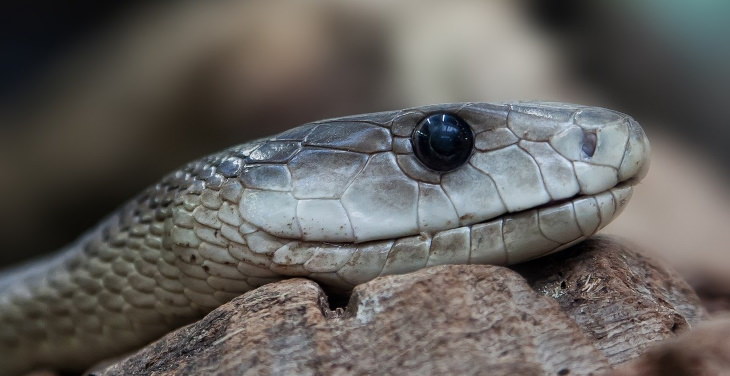1. An average smartphone harbors 10 times more germs than a toilet seat
You may have seen this creepy fact floating around the internet, but we're here to tell you it's true and backed by an actual study conducted at the University of Arizona. This makes perfect sense, as people rarely clean their phones, certainly not as often as their toilet seat, which is a big mistake since we carry our phones with us everywhere and even often let other people use them, too.
2. There are 40 supervolcanoes scattered around the world
Supervolcano eruptions are known to be the cause of mass extinctions. In fact, according to one theory, an explosion of one or several of such volcanoes may have been responsible for wiping out dinosaurs. Regardless of the fact that the last known mega volcano erupted 24,000 years ago, these mega volcanoes are hardly a thing of the past. Currently, scientists have found at least 40 of such volcanoes on Earth, and one of them is located in Yellowstone National Park.
3. A fir tree was growing in a Russian man's lungs
A 28-year-old man from Russia who suffered from difficulty breathing, chest pains, and coughing up blood has undergone lung surgery to remove what doctors thought was a tumor. To the surgeons' surprise, though, what they discovered in his lungs wasn't a tumor, but rather a growing fir tree. Doctors couldn't explain how the tree got into the man's lungs or how it started developing, but apparently, that's yet another thing we all have to worry about now...
4. Fire whirls can grow as big as an EF3 tornado
A fire whirl, also known as a fire devil, is a whirlwind that's formed by a fire and can include flame and ash. Although most fire whirls don't last longer than a few minutes and get no higher than 50 m (164 ft), some fire devils can actually last for over 20 minutes and be more than 1 km (0.6 mi) tall. The wind inside these huge and creepy fire whirls can reach the speed of 200 km/h (120 mph) and easily uproot trees.
5. One more reason to hate cockroaches
They carry disease, eat your food, and most of all, they are really creepy. Yes, you guessed it, I'm not a fan of cockroaches, but why would anyone like these creepy crawlies? If you need even more proof that cockroaches are evil, here is a not so fun fact - these pests, especially the German and American varieties, have been known to feast on human flesh (both alive and decaying, ugh)!
6. An average person sheds 40 lbs (18 kg) of skin throughout their life
Although we only notice this when we get a sunburn, human skin is actually in a state of constant self-renewal. This process when we shed dead skin cells is called desquamation, and it takes 28-40 days for your skin to renew itself completely. With age, this process slows down, but still, the average human will end up shedding about 40 lbs (18 kg) of their own skin throughout their life.
7. There's a parasite that replaces a fish's tongue and lives in its mouth
We kept this image on the smaller side on purpose, just in case you're sensitive to these things. The parasite in this clownfish's mouth is called Cymothoa exigua, or the tongue-eating louse, and its name pretty much describes what this parasite does. The female louse gets into the fish's tongue, consumes it, and attaches itself in its place. The parasite then continues feeding on the host's blood or mucus, but it doesn't cause any further damage to the host. This is the only known case in nature where a parasite replaces one of the host's organs.
8. About 20% of kids hear voices
Research from Dublin has found that about 21-23% of kids aged 11-13 have reported having auditory hallucinations. In the majority of cases, the voices seemed to disappear with time, but scientists also note that hearing voices at any point in life still increases one's risk of developing a psychiatric condition in the future.
9. Horned lizards have the creepiest way of protecting themselves from predators
Horned lizards may look like mini dragons, but their resemblance to the fictional monster is hardly its most well-known trait. Instead, these lizards are recognized for the unique and somewhat disgusting way they fend off predators - by shooting out a 5 ft (1.5 m) long stream of blood from their eyes when in danger.
10. It wasn't unethical to operate on newborns without anesthesia until the late 1980s
It was only in 1987 that the American Academy of Pediatrics officially declared it unethical to operate on newborn babies without the use of anesthetics. Although the history of why the practice was allowed in the first place is complicated, one of the reasons anesthesia may have not been given to newborns is that it could potentially hurt or even kill the babies. Even today, death by anesthesia can happen, but due to medical advancements, it's much lower than it used to be.
11. Lobsters shed their shells
Lobsters may be a delicacy, but with their claws, strange eyes, and abundance of legs and antennae, they're not the prettiest-looking thing in the animal kingdom. A truly creepy sight, however, is when a lobster starts molting and pushes itself out of its old shell once it grows out of it, a process called ecdysis. The process can take days.
12. Cone snail stings are painless but deadly
The most dangerous thing Australian beach-goers could encounter isn't a shark or a venomous jellyfish, it's a tiny cone-snail like the one seen above. Worst of all, the stings of these easy-to-miss snails are both very dangerous and painless, and there's no antidote to their sting. Severe cases can potentially lead to muscle paralysis and death.
13. Scientists have found nearly 1,500 new species of bacteria living in the belly button
The belly button is arguably the body part that gets the least medical attention. But when scientists did decide to explore what lies within in 2012, they found over 1,500 new bacteria. In one of the cases they explored, they found a strain of bacteria previously only found in soil from Japan, where the participant whose sample it was has never been.
14. The black mamba isn't just extremely venomous, it's also one of the fastest snakes in the world
The black mamba is a large snake species that lives in sub-Saharan Africa, and it's mostly known for its extremely potent venom that kills a significant percentage of human victims. The creepy snake is also among the most feared snake species in the world because it quite aggressive and the fast - a black mamba can develop a speed of 12.5 mph (20 km/h).
Share this article with your family and friends!


